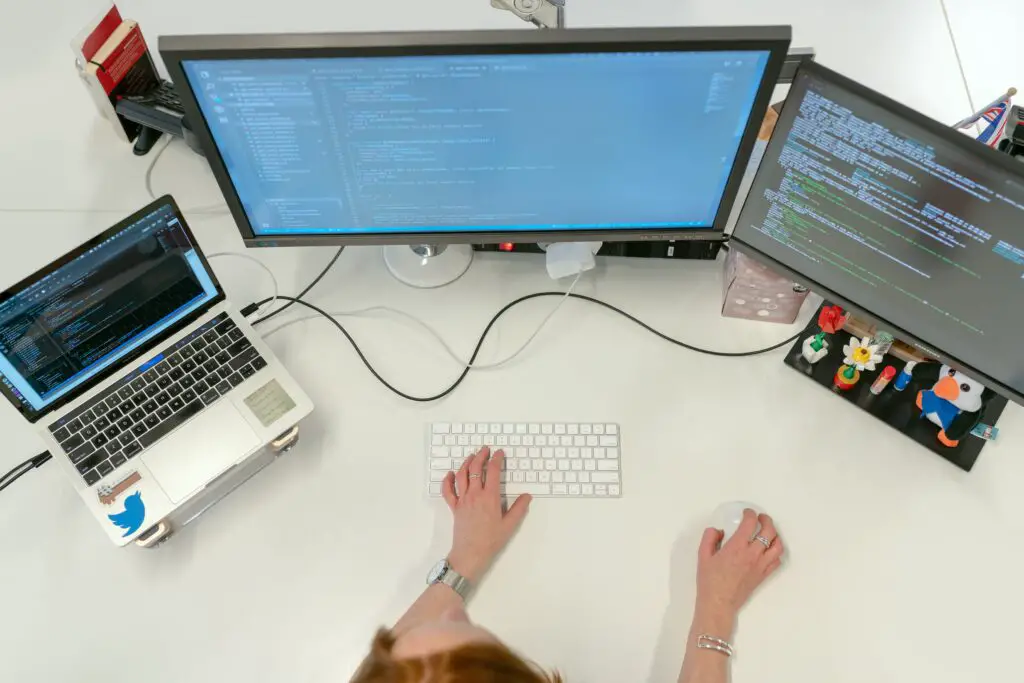Mastering Git Remotes:
A Symphony of Collaboration
In the ever-evolving symphony of modern software development, collaboration lies at the heart of success. Git, the maestro of version control, orchestrates this collaboration with finesse. A crucial aspect of Git’s repertoire is the ability to connect repositories through remotes. These remote repositories act as bridges, allowing developers to harmonize their efforts seamlessly. In this melodic exploration, we dive into the art of adding Git remotes, unraveling the intricacies that transform individual contributions into a symphony of collective brilliance.

The Prelude:
Understanding Git Remotes
Before we embark on the journey of adding Git remotes, let’s unravel the essence of these virtual conduits. Remotes are Git repositories hosted on external servers, facilitating collaboration and synchronization. Much like musical notes in a prelude, remotes set the stage for the collaborative performance. Each remote connection encapsulates a unique identity, creating a harmony that transcends individual repositories.
Git remotes come in different flavors, the most common being origin. The term ‘origin’ conventionally refers to the default remote repository, typically the one from which the local repository was cloned. However, this is just the prelude; Git allows us to compose an opus of remotes, each contributing a distinct voice to the collaborative composition.
The Crescendo:
Adding a Remote with Git
As we move to the crescendo of our symphony, let’s explore the process of adding a remote to your Git repository. The command that orchestrates this addition is elegantly simple: git remote add <name> <url>. The <name> serves as an alias for the remote, akin to assigning a unique name to a musical instrument in an orchestra, while <url> specifies the location of the remote repository.
Picture this as assigning a violin (remote) a name like ‘upstream’ and specifying the concert hall (URL) where it performs. This alias not only simplifies commands but also imbues the collaboration with a sense of identity. Adding a remote is akin to inviting a new instrument to join the symphony, enriching the collective sound with unique timbre.
The Harmony:
Fetching and Pulling from Remotes
With the remotes in place, it’s time to explore the harmonious act of fetching and pulling changes. To fetch from a remote, use the command git fetch <remote>. This action harmonizes the local repository’s understanding of the remote repository, updating the information without altering the working directory. Think of this as tuning your instrument to be in sync with the rest of the orchestra.
Now, for the crescendo – pulling. Executing git pull <remote> <branch> combines the fetching of changes with merging them into the local branch. This seamless integration mirrors the way a skilled conductor blends the sounds of different sections into a unified whole. The harmony achieved through fetching and pulling ensures that each player in the collaboration is in tune, contributing to the symphony without discord.
The Overture:
Pushing Changes to Remotes
As our symphony reaches its overture, it’s time to explore the act of pushing changes to remote repositories. The command git push <remote> <branch> serves as the conductor’s baton, orchestrating the dissemination of your local changes to the chosen remote and branch. This elegant maneuver transforms your solo into a collaborative composition, resonating across the remote repository.
Much like a musical overture sets the tone for what follows, pushing changes initiates a cascade of collaborative melodies. The remote repository becomes a stage where your contributions join the collective opus, creating a harmonious blend of individual expertise.
The Coda:
Renaming and Removing Remotes
In the concluding notes of our symphony, let’s explore the art of renaming and removing remotes. To rename a remote, deploy the command git remote rename <old-name> <new-name>. This graceful transition allows you to rechristen a remote, giving it a name that aligns with the evolving composition.
Conversely, removing a remote involves the command git remote remove <name>. Like the fading echoes of a coda, this action gracefully disconnects a remote from your local repository. The ability to rename and remove remotes adds a layer of finesse to your collaborative masterpiece, allowing it to evolve with the fluidity of artistic expression.
The Interlude:
Verifying and Inspecting Remotes
Amidst the symphony of collaboration, it’s crucial to occasionally pause for an interlude, inspecting and verifying our remotes. The command git remote -v provides a panoramic view of all remotes, their aliases, and associated URLs. This interlude allows us to appreciate the harmony we’ve created, ensuring that every remote resonates in sync with the collaborative composition.
In this interlude, you might also deploy git remote show <name> to delve into the specifics of a particular remote. Much like scrutinizing the intricate details of a musical score, this command unveils the nuances of the remote configuration, offering insights into its branches, fetch URLs, and more.
The Finale:
Pushing Tags to Remotes
As our symphony approaches its grand finale, let’s explore the lesser-known act of pushing tags to remotes. Tags serve as timeless annotations in the musical score of your project, denoting specific points of interest. To push tags to a remote, execute git push <remote> --tags. This command unleashes a cascade of echoes, propagating the annotated versions across the collaborative landscape.
The finale, marked by pushing tags, ensures that the collaborative masterpiece retains a legacy. Each tagged version becomes a milestone in the symphony’s journey, capturing moments of significance that reverberate through the collaborative endeavor.
Conclusion:
The Unending Symphony
As we conclude this exploration into the art of adding Git remotes, remember that the symphony of collaboration is an unending composition. Git, with its elegant commands and orchestrating capabilities, empowers developers to craft harmonious melodies of code. The journey doesn’t end here; it evolves with each push, fetch, and pull, resonating in the collective repository of collaborative innovation. So, let the symphony continue, and may your code compose a masterpiece that echoes through the corridors of collaborative brilliance.
